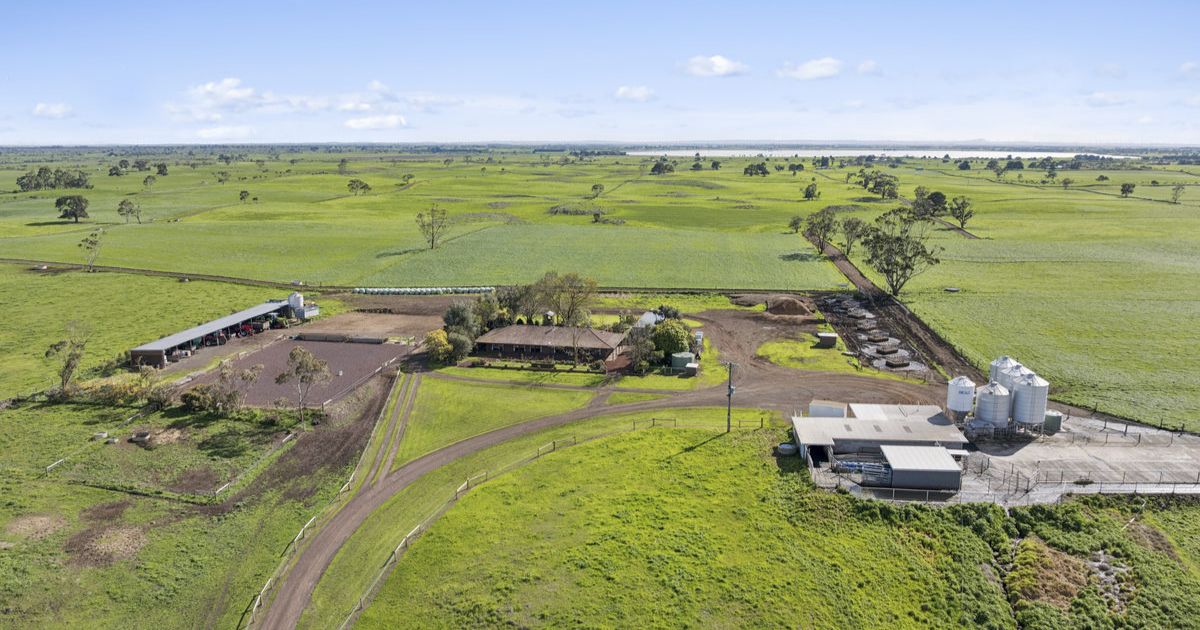Rates put first home buyers at risk: RBA

Shaun Tonkes and Peter Herrick are among a group of cyclists that will clock up 100 kilometres on Saturday to raise money for the Red Nose Appeal. Photo: SUPPLIED
Households are generally well placed to weather interest rate rises, but recent first home buyers are particularly vulnerable to financial stress with the Reserve Bank poising to raise the cash rate in the coming months.
Reserve Bank deputy governor Michele Bullock said most households had large buffers and equity in their homes, preparing for rate increases through low fixed-rate loans and savings, in an address to the Economic Society of Australia in Brisbane on Tuesday last week.
The economy has been resilient but with domestic price pressures building, the central bank said further hikes to the cash rate in coming months were necessary.
“Just how high and how fast the cash rate is raised will depend on many factors, but in making this assessment one of the areas the board will be closely observing is how households respond to the combination of rising interest rates and prices,” Ms Bullock said.
On balance, households were showing considerable resilience to rising interest, with savings of $260 billion since the onset of the pandemic sitting in redraw facilities or offset and deposit accounts, coupled with strong housing price growth.
“The small decline in housing prices in recent months has only marginally eroded some of the large increases seen over past years,” Ms Bullock said.
“Even a fall of 20 per cent in housing prices would only increase the share of balances in negative equity to 2.5 per cent.
“This low incidence of negative equity reduces the likelihood that borrowers will enter into default, as well as the size of losses incurred by lenders if they did.”
Recent borrowers were more vulnerable to rate increases having less time to accumulate equity and liquidity buffers, Ms Bullock said
Government policies to improve housing market accessibility for first home buyers during the pandemic also means that they are more highly represented as recent borrowers.
“Historically, FHBs have tended to have persistently higher Loan to Value Ratios and lower liquidity buffers than other borrowers, making them more vulnerable to a given house price or cash flow shock,” Ms Bullock said.
“If the borrower were to experience a fall in income or an increase in expenses, they might find it more difficult to service the loan.
“And in an environment of increasing interest rates, there is a risk that households with high debt-to-income ratios will find it more difficult to service their debt.”
Ms Bullock said having a job was the best way to meet loan repayments.
The last rates decision came ahead of record low unemployment figures of 3.5 per cent for June.
The Reserve Bank had previously tipped unemployment rate would not reach these lows until June 2023.
Unemployment is expected to put pressure on it to further hike interest rates when it decides next on August 2.
The cash rate was raised 50 basis points earlier this month to 1.35 per cent.

















